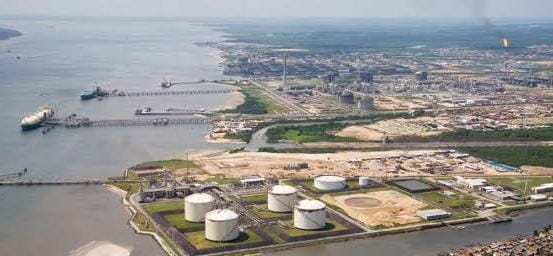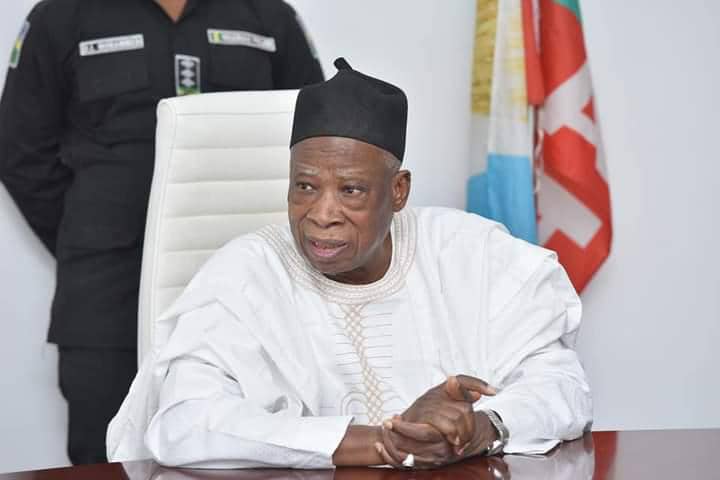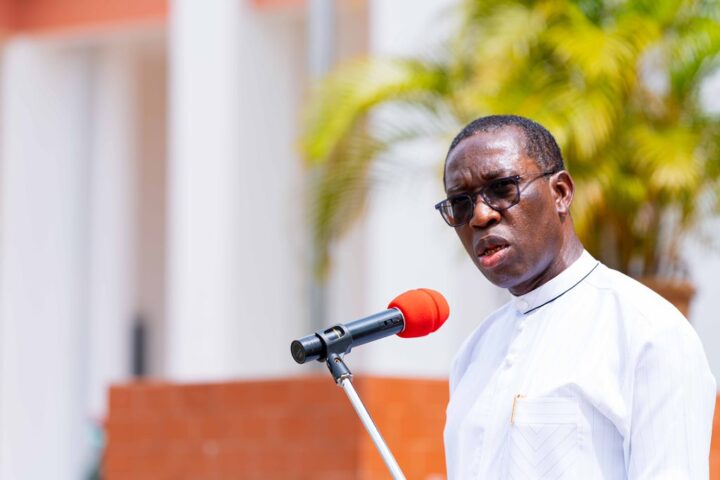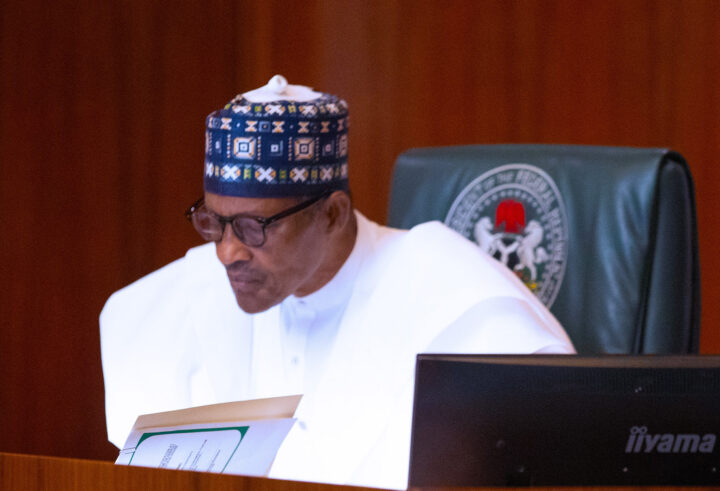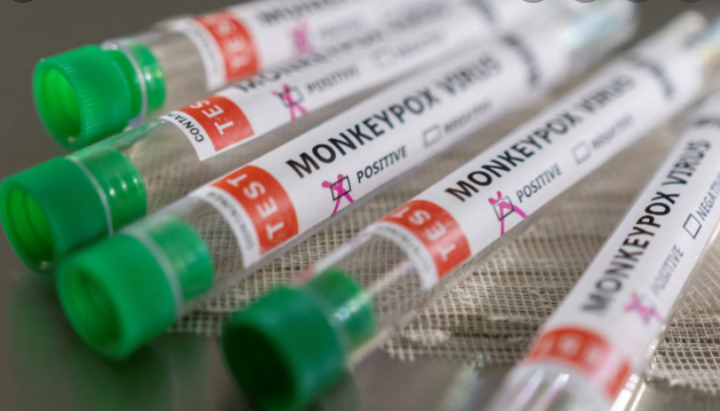An oil facility | File photo
The Nigerian Upstream Petroleum Regulatory Commission (NUPRC) has inaugurated a project committee on the reactivation of inactive oil wells in Nigeria to spur production.
The development comes as oil production capacity dropped to 1.02 million barrels per day amid operational difficulties and the shutting of many oil wells due to lack of investments.
Inaugurating the committee on Thursday in Abuja, Gbenga Komolafe, chief executive officer (CEO), NUPRC, said it would conduct an industry-wide technical integrated study on reactivation of the shut-in strings.
Komolafe said the country had suffered significant losses in crude oil production, especially in land and swamp terrains due to crude oil theft.
Advertisement
He said the major consequence of the heinous activity was the declaration of force majeure at Bonny Oil and Gas Terminal (BOGT).
He added the shut-in of wells from fields evacuating through the Nembe Creek Trunk Line (NCTL) and the Trans Niger Pipeline (TNP) was another consequence.
“A consequential effect of this menace is that the nation only achieved about 60 percent compliance with technical allowable rate (TAR) and 72 percent of its assigned OPEC quota,” he said.
Advertisement
“On the other hand, the socio-economic impact of production and associated revenue losses to both government and investors is a deep cause for concern for all stakeholders.
“The challenges that stem from this issue include threat to national and energy security, erosion of global competitiveness and ease of doing business and rise in unemployment across the industry.
“Others are increase in conflicts due to proliferation of arms and widespread HSE and community concerns,” he said.
In the light of these issues and government’s production target of 3 million barrels of oil per day in three years, Komolafe said the NUPRC developed regulatory initiatives and optimisation to tackle the menace.
Advertisement
He said the developed strategies involved industry stakeholders and cut across techno-socioeconomic and security initiatives.
Komolafe added that the strategies were aimed at decreasing the menace to the barest minimum in the short run, and eventual elimination in the long run.
“It is my utmost belief that the impact of these joint strategies would be felt across the industry in a few months,’’ He said.
Komolafe further disclosed that the initiative to conduct an industry-wide integrated study on the reactivation of shut-in wells was conceptualised in NUPRC and approved by him as a low-hanging strategy to gain increased production.
Advertisement
He said its analysis showed that the country had over 3,000 shut-in strings with huge potential to boost production in the short-term (six months), mid-term (one year) and long-term (over a year).
He, therefore, tasked the committee to develop empirically-driven criteria to identify candidate wells for bolstered production in the short, mid and long-term as well as to identify candidate fields with potential to increase recovery factor.
Advertisement
“The committee would engage industry stakeholders to get their buy-in on this strategic initiative,” he said.
“The committee has one-month to conclude the study and revert to management with a robust report that will become a working document for the industry in this regard.”
Advertisement
Komolafe also urged Amadasu Enorense, team lead, deputy director and zonal operations controller, NUPRC Owerri, to report to the executive commissioner, development and production on weekly basis for the duration of the study.
Advertisement
Add a comment
